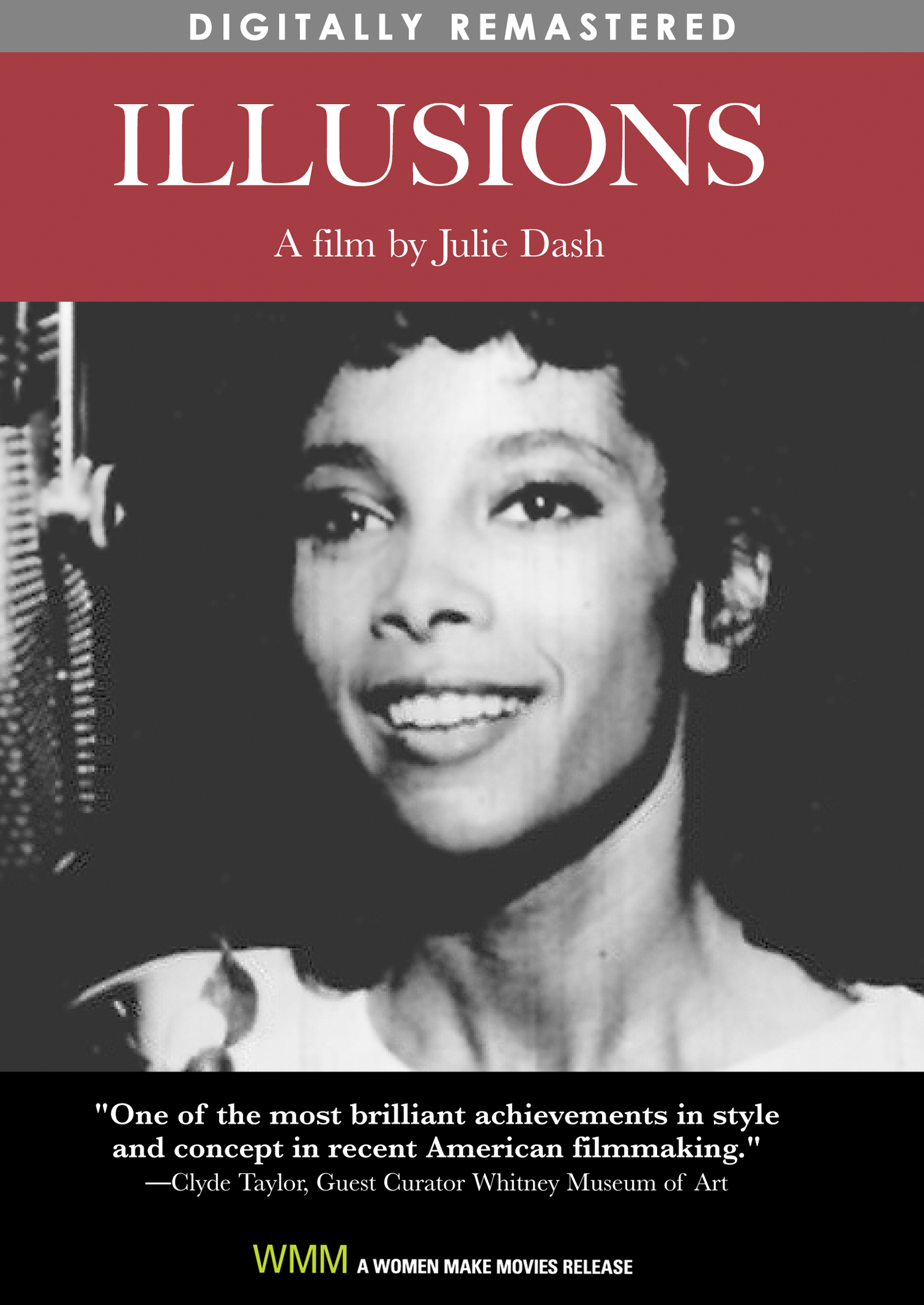Illusions: A Film by Julie DashPosted in Media Archive, Philosophy, United States, Videos, Women on 2019-11-03 02:45Z by Steven |
Illusions: A Film by Julie Dash
Women Make Movies
1983
34 minutes
BW
16mm/DVD
Order No. 99306
Julie Dash, Director/Writer
This critically acclaimed drama from filmmaker Julie Dash (Daughers of the Dust) takes place in 1942 at a fictitious Hollywood motion picture studio.
The time is 1942, a year after Pearl Harbor; the place is National Studios, a fictitious Hollywood motion picture studio. Mignon Duprée, a Black woman studio executive who appears to be white and Ester Jeeter, an African American woman who is the singing voice for a white Hollywood star are forced to come to grips with a society that perpetuates false images as status quo. This highly-acclaimed drama by one of the leading African American women directors follows Mignon’s dilemma, Ester’s struggle and the use of cinema in wartime Hollywood: three illusions in conflict with reality.
For more information, click here.






